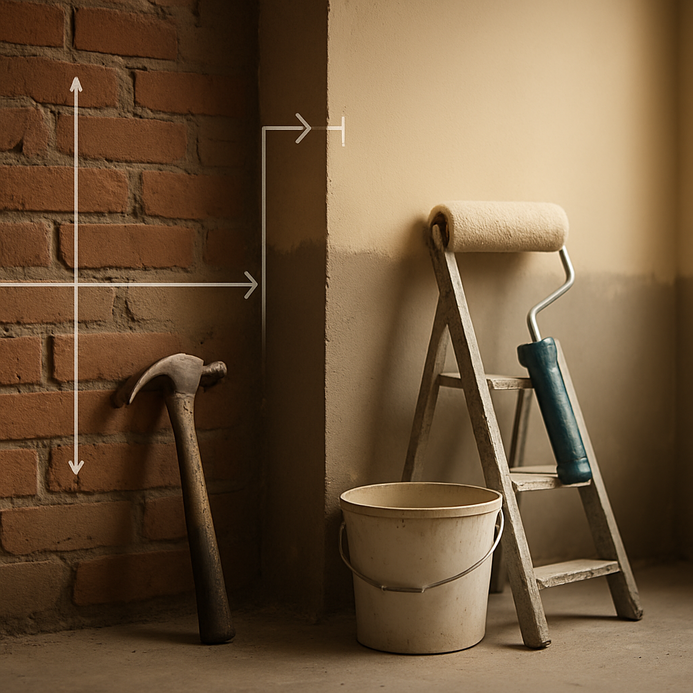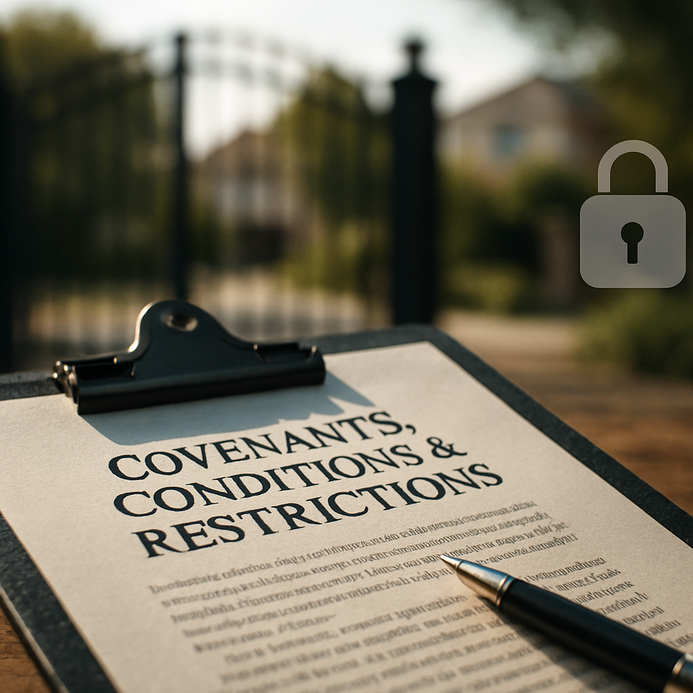Section 54F Income Tax Act: How to Save Big on Capital Gains in 2025
Understanding Section 54F of the Income Tax Act
Okay, so let’s break down Section 54F of the Income Tax Act. It’s a pretty handy way for folks to trim their capital gains tax when selling long-term assets, like property, by putting the cash into a new residential home. This section is mainly for individuals, Hindu Undivided Families (HUFs), and some other recognized entities facing capital gains when unloading their long-term assets.
Key Features of Section 54F
| Eligibility | You gotta grab a residential house within one year before or two years after selling the original asset. If you’re going the construction route, make sure that new house is wrapped up within three years from the sale date (yeah, there are some extra rules here). |
| Exemption Amount | The exemption is the lesser of your capital gains or the cost of the new home you buy. Also, heads up: starting April 1, 2024, the exemption limit gets capped at ₹10 crore, thanks to the recent tweaks in the Act [Income Tax India]. |
Conditions and Restrictions
Here’s a quick look at some must-hit conditions for cashing in on Section 54F’s perks:
| Condition | Details |
| Type of Asset Sold | Long-term capital asset (like property) |
| Investment in New House | Put your gains into a residential house |
| Time Limits | 1 year to buy, 2 years to build the new house |
| New House Limit | Cap of ₹10 crore post-amendment [Income Tax India]. |
Importance of Documentation
When you’re out there snagging these benefits under Section 54F, keep hold of every pertinent document. Think purchase agreements, invoices, and proof of payment, these are your best friends during assessments.
This capital gains exemption is a golden ticket for individuals looking to lower their tax load while boosting their real estate game through savvy investments in homes. Nailing the little details in this section can really make a difference when trading properties.
For a deeper dive into what exemptions you might snag under Section 54F, check this article out [ClearTax]. Also, for practical cases and other tips, visit [TaxGuru].
And, hey, if you want to learn about tax strategies or property investment exemptions, we’ve got more blogs to explore: [tax strategies] and [property investment exemptions].
Who is Eligible for the Exemption under Section 54F of the Income Tax Act?
So, who can actually snag this exemption under Section 54F of the Income Tax Act? There are some clear rules here. This section is all about giving individuals a break when they sell a long-term capital asset (just not a residential property) and put those gains into a new residential house. Let’s run through the eligibility details:
Taxpayer Eligibility
1. Individual Taxpayers: The benefits belong to individual taxpayers and Hindu Undivided Families (HUF) only.
2. Capital Gains: You need to have capital gains from a sale that’s not of residential properties.
3. Investment Period: You must plow in your gains within a year before or two years after selling that asset. Plus, if it’s under construction, you nail it down within three years.
Types of Eligible Assets
Taxpayers can pull from these asset sales:
| Type of Asset | Eligible for Section 54F? |
| Long-term capital assets | Yes |
| Residential property | No |
| Stocks and shares | Yes |
| Other properties (commercial) | Yes |
Required Holding Period
Need the scoop? Here’s what you need to know about holding periods for that sweet exemption:
– Minimum holding period: Gotta hold your sold asset for more than 24 months for it to count as a long-term capital asset.
– New property holding: That new residential house? You’ve gotta keep it for at least three years to keep that exemption.
Documentation Requirements
Don’t forget the paperwork:
– Sale deed of the old property
– Proof of capital gains earned
– Purchase deed of the new residential property
For all the nitty-gritty on eligibility and documentation, swing over to the official guidelines over at [Income Tax India].
Keeping up with these qualifications helps pave the way for smart investments in a new home while sidestepping those capital gains taxes thanks to Section 54F. More info on capital gains taxation? Dive into some articles packed with insights over on our website.
How to Calculate Long-Term Capital Gains
Calculating long-term capital gains (LTCG) under the Income Tax Act is all about three main dots: the indexed cost of acquisition, net sale proceeds, and holding duration.
Step-by-Step Guide to Calculate LTCG
1. Identify the Asset: What’s your asset type? Gold, stocks? Check the date you got it. Remember, under Section 54F, hold it for over 24 months to lock in LTCG.
2. Net Sale Proceeds: Figure out what you made from the sale. Don’t forget to include any costs related to that sale. Selling gold for INR 10,00,000, but dropping INR 1,00,000 for the sale? Net sale proceeds are INR 9,00,000.
3. Cost of Acquisition: What you paid plus any direct costs related to buying it. Say you bought gold for INR 5,00,000, then that’s your baseline.
4. Indexed Cost of Acquisition: Now, adjust your purchase price for inflation using the Cost Inflation Index (CII). Picture this: bought gold in 2018 (CII = 280), sold in 2023 (CII = 348). Here’s how you do the math:
Indexed Cost = Cost × (CII for the year of sale / CII for the year of purchase)
Indexed Cost = 5,00,000 × (348 / 280) = 6,21,428
5. Calculate LTCG: Finally, subtract the indexed cost from the net sale proceeds.
LTCG = Net Sale Proceeds – Indexed Cost
In this case:
LTCG = 9,00,000 – 6,21,428 = 2,78,572
LTCG Computation Table
| Item | Amount (INR) |
| Net Sale Proceeds | 9,00,000 |
| Indexed Cost of Acquisition | 6,21,428 |
| Long-Term Capital Gains | 2,78,572 |
Getting the hang of these calculations is super important for anyone looking to tap into Section 54F exemptions while investing in new residential properties.
Wanna dig deeper? Check out more: [Understanding Section 54F of the Income Tax Act] or [Section 54F – Exemption from Long Term Capital Gains Tax]. Plus, swing by [Your Guide to Section 54F of the Income Tax Act] for more nuggets of wisdom.
The Investment Timeline: Key Deadlines Explained
Investing via Section 54F of the Income Tax Act is a neat avenue for lowering capital gains tax by purchasing a shiny new residential property. But, you gotta keep an eye on the ticks of the clock, specific deadlines are non-negotiable. Here’s a rundown of those critical timelines to keep your tax exemptions intact.
Timeline for Reinvestment
| Event | Timeframe |
| Sale of Asset | Date of sale of the original asset |
| Purchase of New House | Within 1 year before or 2 years after the sale |
| Deposit in Capital Gains Account | Within 30 days of the date of sale |
According to Section 54F, any capital gains from selling a property should be reinvested in a new residential home for those tax breaks. Messing up and missing these timelines? You risk losing that exemption, no joke.
Capital Gains Account Scheme
Can’t find a perfect property right off the bat? You might want to check out the Capital Gains Account Scheme. This lets you stash those gains, keeping your exemption in play. But remember: you’ll need to use those funds to buy a property within three years. Timing is key, so keep those deadlines in your sights, especially with all the ins and outs of real estate.
For more info, see the [official documentation on Section 54F].
Keeping tabs on these deadlines is essential for saving big on capital gains under the requirements of Section 54F, and it’ll help you secure your real estate investments smartly. If you’re thinking about broadened strategies, take a look at [Section 54F’s eligibility criteria] and what it means for taxpayers.
Stay informed, keep compliant, and make the most of those tax perks.
Common Mistakes to Avoid and FAQs
When grappling with capital gains tax exemptions under Section 54F of the Income Tax Act, taxpayers often stumble into some major pitfalls that might cost them. Here are some common blunders to steer clear of:
1. Misunderstanding “New House”: Lots of folks mess up this one. A “new house” means a residential property, whether it’s under construction or already built.
2. Investment Timing Issues: If you miss the investment window with your capital gains? Ouch. You must make that purchase or start construction within a year after selling the property.
3. Not Disclosing Other Properties: Some people forget to mention if they own multiple properties, and that can sneakily disqualify them from claiming benefits under Section 54F.
4. Claiming Without Documentation: Many try to claim exemptions and realize they haven’t kept proper records. Always have your paperwork sorted and consult a tax expert if you’re unsure.
5. Calculation Mistakes: Simple math errors can cause a headache. Always double-check your calculations for accuracy.
Frequently Asked Questions
Q1: What is Section 54F of the Income Tax Act?
A1: Section 54F offers a tax break on short and long-term capital gains when proceeds are rolled into a residential property.
Q2: How’s the exemption amount worked out?
A2: It’s proportional to your investment in the new residential property compared to the total sale amount.
Q3: Can I claim benefits if I buy more than one house?
A3: No dice. Under Section 54F, you’re limited to one house for the exemption.













